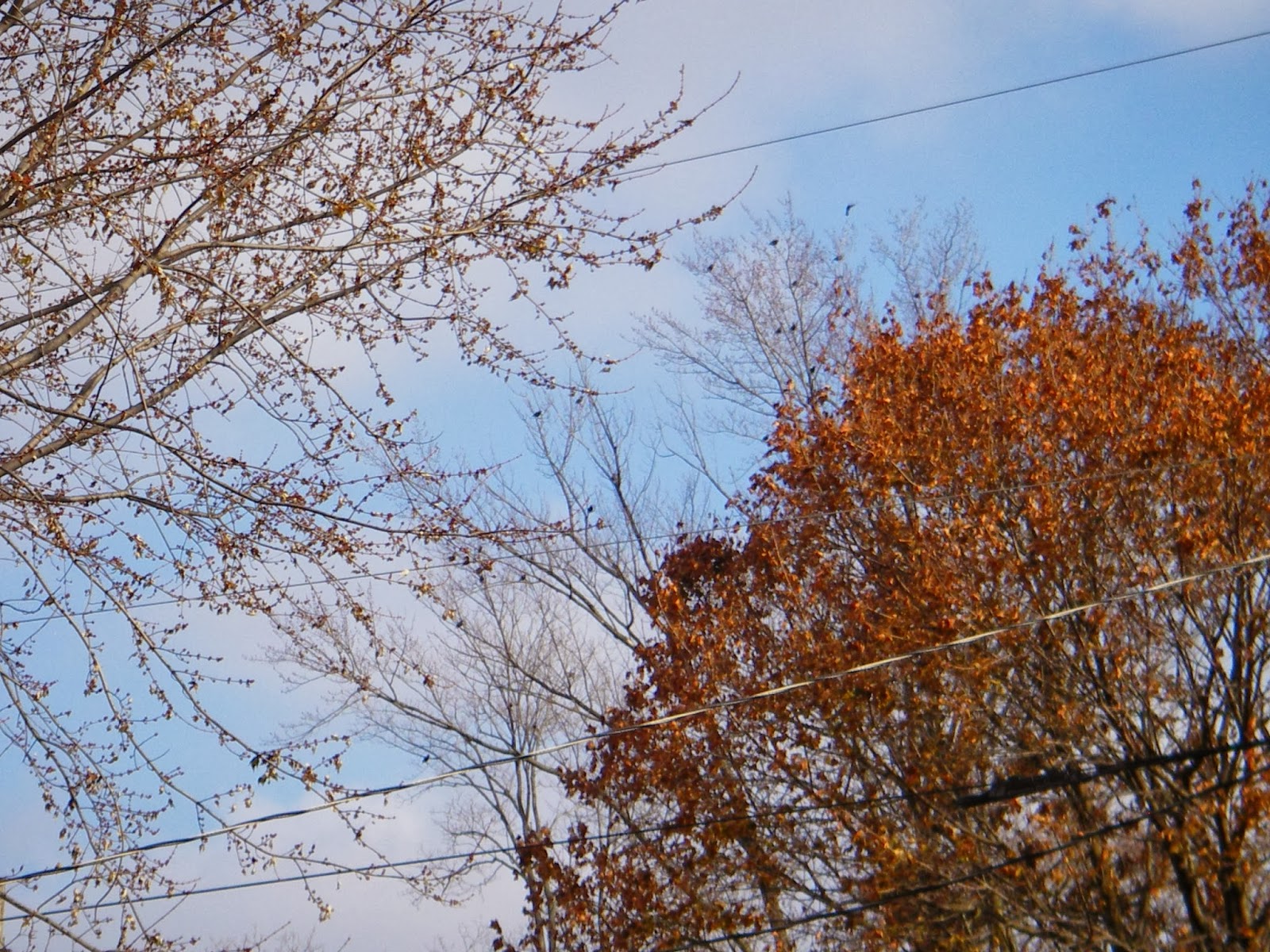I love debunking myths! What fun to shoot down a bit of "accepted wisdom" that started as somebody's opinion and has little evidence to hold it up.
The myth I'm taking on today is this: "Eating gluten-free is too expensive!"
Here are some facts:
- Prepared gluten-free products can be expensive.
- BUT, a great many products are gluten-free naturally--fresh produce, fresh meat, fresh fish/seafood, spices and herbs.
- Some canned and prepared items are gluten-free--they say so on the label. (Read your labels.)
- More and more restaurants are offering a gluten-free menu--even one of our Italian eateries has GF pasta!
Then--next step--learn how to bake your own GF foods.
One of my favorite websites is Gluten Free on a Shoestring, hosted by Nicole Hunn. She gives exactly what the title promises--eating gluten-free on the cheap.
And--she has three cookbooks out:
- Gluten-Free on a Shoestring
- Gluten-Free on a Shoestring: Quick & Easy
- Gluten-Free on a Shoestring Bakes Bread
Her secret? The "shoestring" part comes from--ready for this?--starting from scratch.
Remember cooking from scratch? It's what we all used to do before we could buy convenience foods, prepared foods, boxed dinners, and deli meals.
I can't say enough good things about Nicole Hunn's website, her recipes, and her books. She knows where to buy certain hard-to-find ingredients, but she also knows we can't all get them. So she tells us how to cook without those items.
Nothing is exotic. This is all good food, some of it comfort food a new GF diner might miss.
Check out her books and spend a little time in the kitchen. You'll be glad you did.
(In case you're wondering, Nicole didn't pay me anything for this plug.)
-----
The main reason folks need to change to eating gluten-free is health. So the question becomes: Is improving your health too expensive?
We spend beaucoup bucks on vitamins, supplements, and various products that are supposed to do something wonderful for your well-being. If I can spend a little more on certain foods--and at the same time quit taking some of the items drilling a hole in my change purse--I'm willing to try.
Maybe that's because I like cooking and trying new recipes.
 One thing you won't have to buy, if you decide to cook from scratch, is all new equipment. Look in your cupboard--if you have mixing bowls, measuring cups and spoons, wooden (or not) spoons, and spatulas, you can make nearly everything you need. A mixer is handy but not required. (Mine is 30+ years old and still does its thing with panache. And it's a little hand-held job.)
One thing you won't have to buy, if you decide to cook from scratch, is all new equipment. Look in your cupboard--if you have mixing bowls, measuring cups and spoons, wooden (or not) spoons, and spatulas, you can make nearly everything you need. A mixer is handy but not required. (Mine is 30+ years old and still does its thing with panache. And it's a little hand-held job.)So what have you got to lose? Some time spent reading a new cookbook and experimenting in the kitchen; some time at the grocery store searching for those elusive GF ingredients (hint: They're often in a special section, sometimes called Natural Foods). You may garner some gripes and grunts and grimaces when your family and friends sample the results. But you may--and this is the cream--get a few comments that make it all worth your while. "What did you say this was? Gluten-free? What's that?" Or (my favorite), "If you hadn't told me, I'd never have known it was gluten-free."
-----
Next time you hear the phrase gluten-free, don't sneer. Keep an open mind. Learn a little more about it. And if you never have to change your diet to gluten-free, recommend websites and books to folks who do. It's all about health--and feeling better. I'm all about that!













